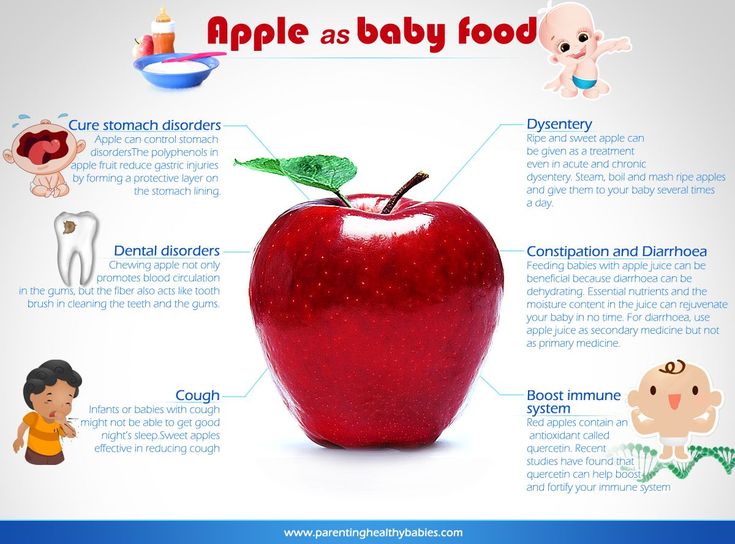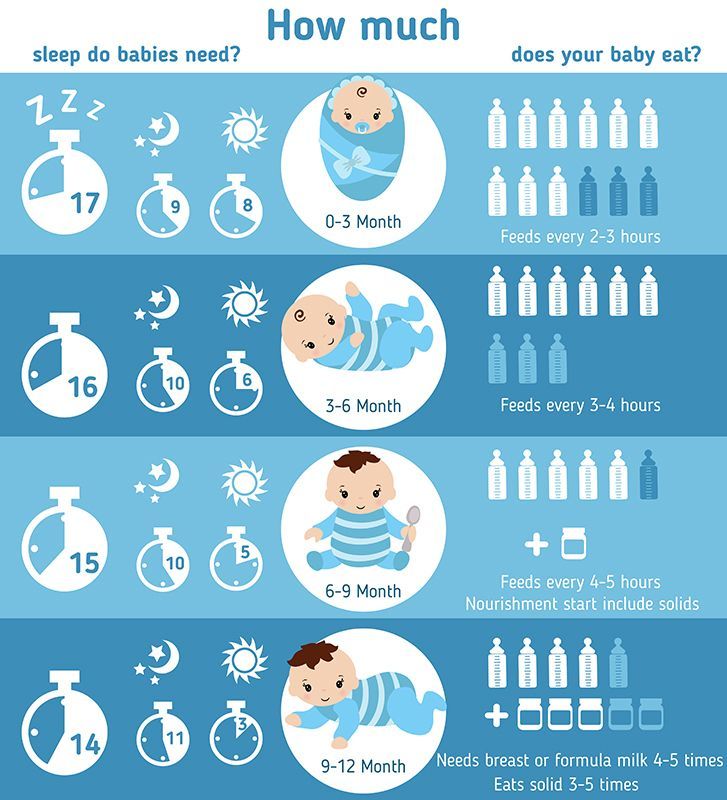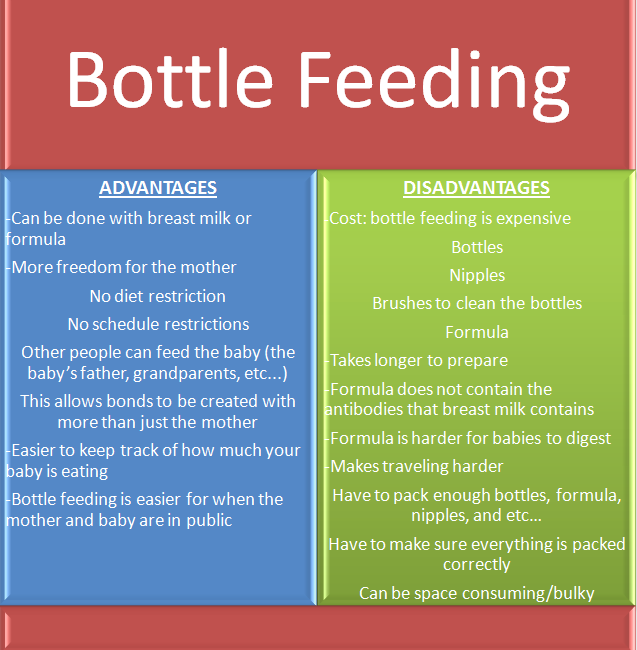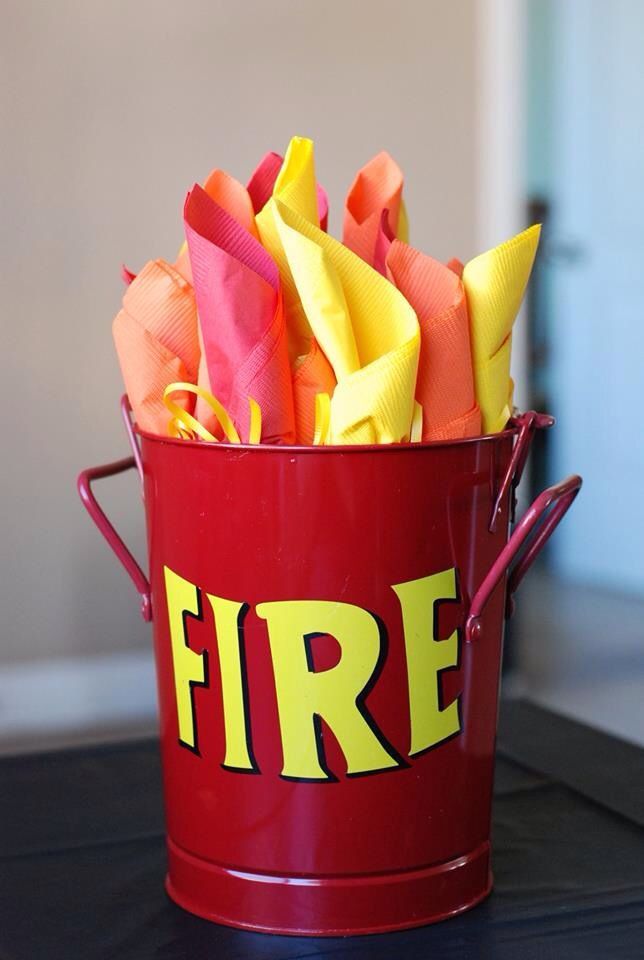When can you feed baby puffs
When Can Babies Eat Cheerios, Puffs, & Other Foods Safely - Answered!
Parents are often wondering, “When can babies eat cheerios?” Or, puffs, toast, cheese, watermelon, and banana. Learn when so you can feed your baby safely!
When I was a first-time mom, I was ecstatic when it was time to start feeding my son real food. But, since I’d fed a lot of other babies as a feeding therapist, I knew that there were some serious nerves around the corner.
Even though my son was gobbling down smooth baby food, I wasn’t quite sure what he’d do the first time he had food that he actually had to chew before swallowing. He could gag (which isn’t as bad as it sounds, but terrifies us as parents. See baby gagging for more info)! Or worse, start to choke on it. Would I remember how to do the CPR training that I’d been certified to do correctly?
I’m not trying to freak you out, I tend to think of the worst case scenario before I do anything that’s new.
Fortunately, while my mommy brain was in overdrive, my occupational therapist brain knew that it would likely only have a negative effect on my son’s future eating if I just waited until I felt 100% comfortable to start giving him puffs, cheerios, or other foods that we tend to wonder if our babies can handle safely. Of course, that doesn’t mean that there isn’t an ideal time to feed your baby cheerios or puffs.
The key is knowing when so that you can confidently give your baby the foods you’re so excited (and nervous) to start feeding them. Let’s dive into the foods that you’re wondering about the most…
When Can Babies Eat Cheerios?
I think cheerios are the quintessential finger food for baby, they were in large part the first and most common food that my generation was given as young babies and toddlers. And, while cheerios are still appropriate, there are a few things you’ve got to know first.
As a pediatric OT, cheerios are NOT the first finger food I recommend that parents give their baby.
While they are great for being picked up easily, they don’t dissolve quickly. A baby, ideally, should munch up and down (with or without teeth) to mash up the cheerio. It will eventually dissolve, but usually long after a baby has attempted to swallow it.
This is why babies can eat cheerios sometime between 9-12 months.
When exactly, all depends on what other finger and table foods your baby is already eating. Long before they have cheerios, I want to make sure babies can eat foods that dissolve quickly like graham crackers and puffs. I also want babies to be eating some soft foods well too. Occasional gagging is normal, but persistent gagging that gets in the way of your baby being able to eat is an indicator that they aren’t ready to eat cheerios yet.
Just to be clear… when can your baby eat cheerios? When they:
-
- Are typically in between 9-12 months old
- Already safely eating a variety of other foods well
- You witness their jaw munching up and down when they eat other foods
- Can pick up the cheerios with a pincer grasp (that’s using their index finger and thumb together).
 Head to how to teach your baby to self-feed to learn more.
Head to how to teach your baby to self-feed to learn more.
When Can Babies Eat Puffs?
Puffs, and there are a wide number of brands that sell them now, are my preferred very first finger food for baby. For those of you following a Baby Led Weaning (BLW) approach, that will contradict what you’ve learned. You can read why I think so in Pros and Cons of BLW.
I have given puffs to all three of my children as their very first finger food around 7-8 months old, but your child may not be ready until around 9 months old.
Again, more important than the age, are signs that they are ready. Here’s how you’ll know when your baby can eat puffs:
-
- Able to sit independently
- Demonstrates munching up and down either when watching you eat, on teethers, or their baby food
- Usually between the ages of 7 and 9 months, although it varies from baby to baby
If you’re skittish about starting your baby on puffs, it’s always a good idea to talk to your pediatrician first. One of the benefits of puffs, and why I love them for babies, is because they dissolve fast in saliva. That means if your baby gets a piece into their mouth and doesn’t know what to do, it will melt into a goo they can swallow with little effort.
One of the benefits of puffs, and why I love them for babies, is because they dissolve fast in saliva. That means if your baby gets a piece into their mouth and doesn’t know what to do, it will melt into a goo they can swallow with little effort.
Want a whole guide on how to introduce your baby, step by step, to table foods? Head over to How to Introduce Table Foods to Babies and Toddlers.
*Learn 5 Big Mistakes that Parents (Unknowingly) Make When Feeding Their Baby or Toddler Table Foods in my free workshop. And, learn what to do to help them eat well!*
When Can Babies Eat Toast?
Another classic finger food for babies! Toast is a great food to give babies and it’s easy to top with lots of healthy and different spreads. Think avocado, cream cheese, or even a nut butter. (Yes, babies can have nut butters, but double check with your doc’s advice and spread it thin.)
Like cheerios, toast also requires some more chewing, which means your baby has to have some skills. Toast cut into squares or strips are great for babies that are managing puffs, graham crackers, and soft foods like cubed avocado well. This is usually around 9-12 months old. When you do, give your baby toast for the first time, look for them to be chewing well with a clear up and down motion.
Toast cut into squares or strips are great for babies that are managing puffs, graham crackers, and soft foods like cubed avocado well. This is usually around 9-12 months old. When you do, give your baby toast for the first time, look for them to be chewing well with a clear up and down motion.
When Can Babies Eat Grapes, Blueberries, and Cherry Tomatoes?
Oh, the round foods that can be a serious choking hazard. These foods may be scary, but when they are cut in half (blueberries) or quartered (grapes and cherry tomatoes), babies are able to eat them safely also around 9-12 months old. The skin on cherry tomatoes and grapes can be a little tougher, and some parents prefer to skin them.
Your baby will likely be ready to handle these foods when they are eating a variety of different textures, but it may be hard for them to pick up, which may mean you’ll have to wait to a little longer.
When Can Babies Eat Watermelon?
This is another one of my favorite first finger foods for baby, right after they’ve mastered those graham crackers and puffs. Cut the watermelon into small cubes and watch with delight as the juice runs down all over their adorable little chin.
Cut the watermelon into small cubes and watch with delight as the juice runs down all over their adorable little chin.
Babies can often start eating watermelon between 7-10 months old.
When Can Babies Eat Banana?
Once babies are eating watermelon well, they can often handle banana. Just keep a lookout that the pieces aren’t too big or that they aren’t showing too much food into their mouth at once because banana can clump together.
Bananas are often thought of as a good choice for a first finger food because it’s soft and babies can chew it easily, but sometimes it’s too mushy for them to understand how to chew it. That’s another reason I like starting out with crunchy foods that melt first.
Look for your baby to manage bananas around 7-10 months old. You may even want to try this healthy pumpkin banana bread recipe!
When Can Babies Eat Cheese?
Cheese is obviously dairy and it seems contradictory that babies can eat it when they aren’t allowed cow’s milk until age 1, but the protein structure is different so pediatrician’s give it the green light before 12 months old. Cheese that’s a bit softer, like from a brick of mild cheddar or provolone, is a great starting place if you’d like to introduce it.
Cheese that’s a bit softer, like from a brick of mild cheddar or provolone, is a great starting place if you’d like to introduce it.
When your baby is eating the melt-able crackers, watermelon, and banana without frequent gagging and with a munching up and down, they are often ready to handle cheese that’s cut into cubes.
This is usually around 8-10 months old.
Affiliate links used below. See our full disclosure.
My Favorite First Table Foods for Babies
Knowing what other foods you can give your baby can seem daunting, which is why I have an awesome Mega List of First Table Foods for you, and as your baby is getting a little older a Baby and Toddler List of Meal Ideas. Not to mention that you can also snag up a handy printable with many of the ideas to stick on your fridge for quick reference!
Get the Free Printable Here!
But, I wanted to give you some of my favorite first finger foods that work as well as puffs, in case you were looking for some other options:
-
- Plum Organics Teething Wafer
- Lil’ Crunchies Baked Corn Snack (think a vegetable cheese curl)
- Happy Baby Yogurt Melts
- Happy Baby Rice Husks
Tips for Giving Your Baby Food for the First Time
There are a couple of misconceptions floating around out there about when and how to feed your baby, especially as you’re giving them foods for the very first time. I want to debunk a couple of those myths so you can feel good about teaching your baby how to eat:
I want to debunk a couple of those myths so you can feel good about teaching your baby how to eat:
-
- Babies DO NOT need teeth to eat – Sure, if your 9 month old were having a steak, some molars might come in handy, but babies were designed to use their powerful gums to plow through all the foods you found listed here and many more.
- Gagging is normal – Gagging and choking are two different things. Gagging happens when a food hits their gag reflex, when they weren’t expecting it to. Most of the time, they recover the food and are able to swallow or spit it out. Also, some gagging occurs as a response to a texture, taste, or smell they don’t like. That has to do with sensory aversions to food.
- If they aren’t eating, just wait, they’ll grow out of it – Unfortunately, this is sometimes the advice given by professionals. As a feeding therapist, I’ve seen small issues snowball into something much bigger many times. If you have any doubts head to feeding therapy information on how to get some professional help.

Also, check out my free online workshop: 5 Big Feeding Mistakes That Are Stopping Your Child From Learning to Eat Table Foods to help you start taking the right steps to getting your kiddo eating well. Click here to get a free seat!
Lastly, remember to be patient. You may feel edgy and anxious as you watch those first bites and tastes. Giving your baby finger foods is a transition that takes time. Some meals won’t go well, that’s okay.
Don’t Forget Your Free Printable
Now that you’ve got a great guideline on when to start your baby on different foods, make sure you grab your free printable with a huge list of table food ideas and meals that are specifically designed for babies and toddlers! Get it here.
More on Feeding Babies
What to Do When Baby Won’t Eat Solids: 7 Simple Steps
Ultimate List of Mealtime Must-Haves for Baby
Introducing Baby Food: Everything You Need to Know
How to Wean Baby From Bottle
Did you pin this?
You’ve got to admit this is some important stuff. Pin this on your baby or parenting board so you can reference it later!
Pin this on your baby or parenting board so you can reference it later!
Alisha Grogan is a licensed occupational therapist and founder of Your Kid’s Table. She has over 14 years experience with expertise in sensory processing and feeding development in babies, toddlers, and children. Alisha also has 3 boys of her own at home. Learn more about her here.
When Can Babies Have Puffs? – Serenity Kids
When Can Babies Have Puffs: The 4 Signs of Readiness
Watching as your baby starts to learn and explore is an exciting time for everyone. But it can also be difficult when choosing the right time to introduce your little one to new things — including new foods.
Puffs are a popular option among parents whose babies are ready to start exploring the world of solid foods. But when can babies have puffs? In this article, we take a look at what makes puffs a great snack for little ones and the signs to watch for when considering if your baby is ready to start eating puffs.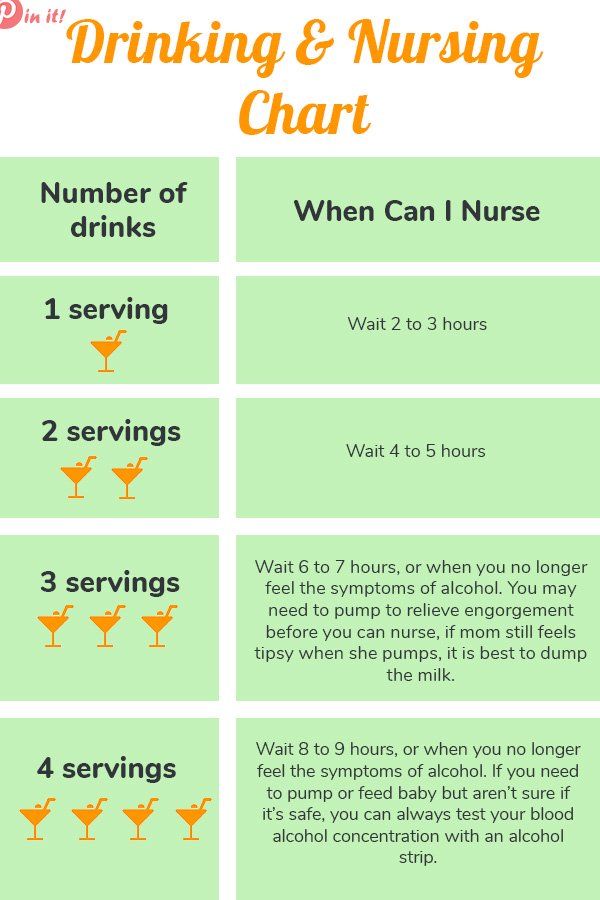
What are puffs?
Puffs are small snacks designed with babies and toddlers in mind. Unlike other snacks that are commonly given to little ones, like Cheerios, puffs dissolve quickly. This makes them easier to swallow and reduces their risk as a choking hazard.
Additionally, their small size is perfect for little ones to pick up and feed themselves — a definite perk when considering the best snack foods for babies and toddlers.
When can babies have puffs?
Every baby is different, so instead of simply considering their age, it’s important to look for signs that your baby is developmentally ready to safely chew and swallow their food. When trying to decide if it’s time to start introducing your little one to baby puffs, we suggest that you watch for these signs of readiness:
- Able to sit independently: good postural support is crucial for swallowing food safely
- Has lost the tongue-thrust reflex: this means that your baby doesn’t automatically push solids out of the mouth with the tongue
- Has good head control: good head control is important for swallowing food safely
- Is willing and able to chew: even if your baby doesn’t have teeth, they can use their jaws or teeth to mash food before swallowing to reduce the risk of choking
- Is developing a pincer grasp: this skill shows that your baby is able to pick up food and self-feed (more on this below and in this article)
- Demonstrates an interest in solids: this indicates that your baby may be mentally ready to try out solids.
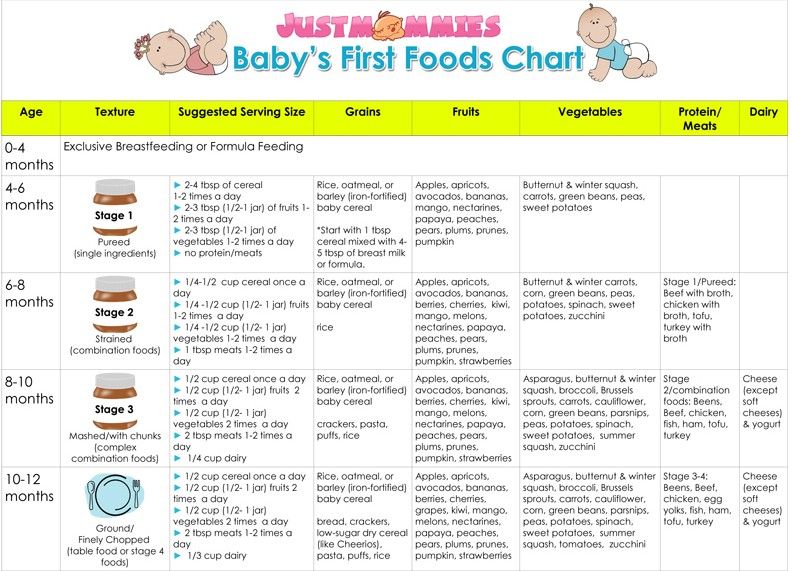 (baby may watch you closely as you eat, lean into food, or try to grab food off of your plate)
(baby may watch you closely as you eat, lean into food, or try to grab food off of your plate) - Able to crawl with their stomach off the ground: crawling helps develop good body control and stability, while also helping develop oral motor skills inside Baby’s mouth
These signs help identify when a baby is ready to begin eating puffs. It’s important to remember that not all babies will reach these milestones at the same age, and that’s okay. Breastmilk and formula will continue to be your baby’s main source of nutrition through the first 12 months of their life, so there’s no rush when it comes to introducing your little one to solid food. For more information on introducing solids in a safe and stress-free way, visit this article.
What is the pincer grasp?
Now that we’ve identified the signs that your baby may be ready to start eating puffs, you may be wondering about the pincer grasp and why it’s important.
The pincer grasp is an important developmental milestone for a baby’s fine motor skills. This skill requires control of the small muscles in the hand to pick up an item between the index finger and thumb. Babies use their pincer grasp to pick up food, like puffs, and feed themselves. As they get older, this skill will aid in the use of holding utensils, crayons, and more.
This skill requires control of the small muscles in the hand to pick up an item between the index finger and thumb. Babies use their pincer grasp to pick up food, like puffs, and feed themselves. As they get older, this skill will aid in the use of holding utensils, crayons, and more.
Although pincer grasp usually begins to develop when your baby is around 6 to 7 months of age, it may take several months for your baby to really master it. In the meantime, puffs are a great way for your little one to practice their pincer grasp while experiencing a variety of new flavors.
For more information about starting your baby on real food, visit The Ultimate Guide to Giving Babies Real Food.
What makes Serenity Kids puffs different?
You may find yourself wondering - Are baby puffs healthy? But the answer isn’t a simple yes or no. Not all puffs are created equal.
Many baby puff snacks on the market contain added sugar or sweeteners and are made with low-nutrient grains like wheat or rice. These filler ingredients can be hard on developing digestive systems and are known to contain high levels of heavy metals.
These filler ingredients can be hard on developing digestive systems and are known to contain high levels of heavy metals.
Serenity Kids’ Best-Selling Grain-Free Puffs provide a nutrient-packed alternative to other baby puffs. Not only are our puffs free from grains and added sugars and sweeteners, they are also free from common allergens like eggs, nuts, and dairy, plus unwanted ingredients like preservatives, GMOs, and additives. Instead, our puffs are made from ingredients like nutrient-rich cassava root, grass-fed beef bone broth for protein, organic olive oil for healthy fats, and organic dehydrated vegetables. These ingredients are not only nutrient-dense and high quality, their savory flavors also help to expand the palate during your little one’s critical flavor window.
Growing toddlers love snacks! Our Grain Free Puffs are suitable for toddlers who can sit independently, use a pincer grasp to self-feed, crawl with their stomach off the ground or use their jaws to mash food between gums. Plus, they easily dissolve in the mouth - so no teeth are necessary!
Plus, they easily dissolve in the mouth - so no teeth are necessary!
With an assortment of fun flavors available, it can be hard to choose, which is why we offer these deliciously flavored snacks in our Grain-Free Puffs Variety Pack. Whether you are at home or on the go, Serenity Kids Grain Free Puffs offer an easy snack option without the worry of allergens or low-quality ingredients.
Written by Jennifer Wirth. Jennifer is a professional health writer, leveraging her scientific background as a Chemical Engineer to uncover the most interesting aspects of infant nutrition, pregnancy, and parenting. As a wife and mother of three young children, Jennifer is passionate about providing the best possible nutrition for her family. She believes that developing healthy eating habits early helps build the foundation for a long, fulfilling life.
Feeding with expressed milk | breastfeeding
When can I start breastfeeding my baby with expressed breast milk? How to do it right? Is it worth worrying that the child will confuse the pacifier with the breast? In this article we will answer your questions.
Share this information
When can I start breastfeeding my baby?
If your baby is healthy and breastfeeding well, there is no need to give him expressed milk. For the first four weeks, you work together to start and increase milk production, and your baby also learns to suckle properly at the breast. There is not enough scientific data on this yet, 1 but there is an opinion that bottle feeding in the first month may adversely affect the process of establishing breastfeeding.
However, if the newborn is unable to latch on or suckle for some reason, start expressing milk as soon as possible after delivery. Read more about this in our articles on coping with problems in the first week, breastfeeding premature babies and babies with special needs, and seeking help from your healthcare provider. nine0003
How can I feed my baby with expressed breast milk?
There are many expert feeding solutions that allow you to give your baby expressed milk in a variety of ways, depending on your and your baby's needs.
For example, the innovative Calma smart pacifier only lets milk through when the baby creates a vacuum by suckling. This means that when feeding from a bottle, he will make the same movements with his tongue and jaws as when sucking at the breast. 2.3 Calma was developed with the help of breastfeeding experts from the University of Western Australia. When using this pacifier, the baby can suck, swallow, pause and breathe in the same way as when breastfeeding. 4 Preserving natural sucking habits allows baby to transition easily from breast to bottle and back.
In addition, Medela also offers regular bottle teats* in two versions that produce milk at different rates. All Medela* nipples can be placed directly on bottles used for expressing milk, minimizing the risk of spillage. nine0003
If you need to feed your baby with expressed milk, but you do not want to bottle feed him until he is learning to breastfeed, you can use a sippy cup* for temporary feeding. The baby will be able to drink milk from such a mug, but you should be careful not to spill the milk. For the first time, it is advisable to feed the child from a drinking cup under the supervision of the attending physician in order to learn how to do it correctly.
The baby will be able to drink milk from such a mug, but you should be careful not to spill the milk. For the first time, it is advisable to feed the child from a drinking cup under the supervision of the attending physician in order to learn how to do it correctly.
If your baby needs to be supplemented with expressed milk in addition to regular breastfeeding, the Supplementary Feeding System (SNS)* can be used. It is equipped with a thin, flexible capillary that can be clipped close to the nipple to give your baby expressed milk while breastfeeding. Thanks to this, the baby suckles the breast for longer, thereby developing sucking skills and stimulating the production of milk from the mother. This can be helpful when there is a shortage of breast milk, as well as when feeding adopted or surrogate children. nine0003
If the baby is unable to breastfeed because he is too weak or has a congenital disease, you can use the Special Needs Cup*, which releases milk with gentle pressure, making it suitable for feeding these babies.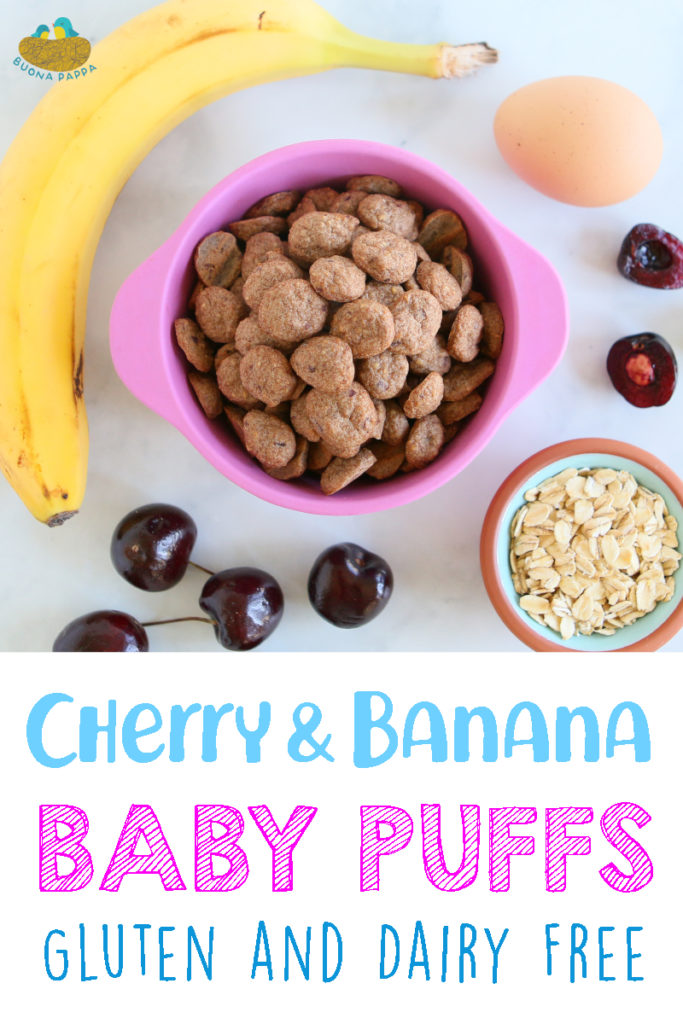
How to teach a child to bottle feed?
If breastfeeding is going well and you decide to start bottle feeding your baby with expressed breast milk, follow these guidelines.
Start early and take your time
Don't wait until the first day of work or the first time you leave the house to start bottle feeding your baby. Start accustoming your baby to small portions of expressed milk a couple of weeks before the desired date, calmly and without haste. Gradually build up to one full serving of pumped milk from a bottle.
Choose a time
Ideally, at the first bottle feeding, the baby should be hungry, but not too hungry - in this state, he is as relaxed as possible. nine0003
Let others feed
Your baby is used to feeding from your breast, so when you offer him a bottle it can be confusing. The process can go faster if the first time the baby is bottle-fed by someone else while you are not in the room, so that your sight and smell do not embarrass the baby.
Maintain optimal temperature
Your baby will be more willing to eat expressed milk if the temperature is around 37°C, close to body temperature. nine0003
Dip the nipple in milk
Try dipping the nipple in expressed milk before offering it to your baby. This way it will taste and smell like your breast milk. Lightly touch the baby's upper lip with the nipple to open the mouth.
Choose the right position for bottle feeding
Feed your baby on demand and keep him reclining during feeding. Never bottle feed your baby when he is lying or sitting, otherwise he may choke. Listen to the wishes of the child - take as many pauses as he needs. You can even try to shift it from one hand to another during feeding. nine0003
Be patient
Don't worry if your baby doesn't take the bottle right away - it may take several tries. If he pushes the bottle away or starts crying, calm him down, wait a few minutes and try again. If he still doesn't want to bottle feed, wait a few more minutes and breastfeed him as usual. Repeat the bottle experiment at a different time of day.
If he still doesn't want to bottle feed, wait a few more minutes and breastfeed him as usual. Repeat the bottle experiment at a different time of day.
How much pumped milk should I give my baby? nine0009
All children are different. Research shows that between the ages of one and six months, a baby can consume between 50 and 230 ml of milk per feeding. To start, prepare about 60 ml and observe how much your baby needs - more or less. You will soon realize how much milk he usually eats. Just never force him to finish the cooked portion.
How can I keep my baby safe when bottle feeding?
Always clean and sterilize your pump and bottles according to the manufacturer's instructions. Wash your hands before expressing, pouring milk, and feeding your baby. Follow our instructions for safely storing and thawing your expressed milk. nine0003
If breastmilk needs to be warmed, place the bottle or bag in a bowl of warm water or a heater or under running water at a maximum of 37°C.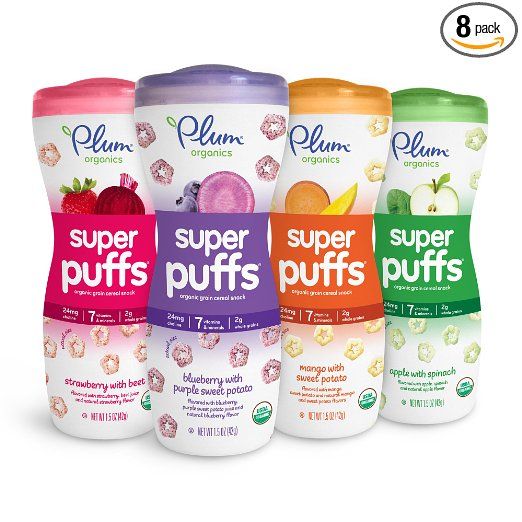 Never heat breast milk in the microwave or on the stove.
Never heat breast milk in the microwave or on the stove.
Will the baby be able to transition from breast to bottle?
Some mothers worry that if they start bottle feeding too early, the baby will get used to the artificial nipple and not want to breastfeed. Others, on the contrary, are worried that if the child is not immediately accustomed to the bottle, then he will no longer eat from it. In general, in these cases, they say that the child confuses the nipple with the breast. nine0003
Experts disagree on whether such confusion is a problem. 1 Without a doubt, it is easier for a baby to suckle milk from a regular bottle with a nipple, which does not require a vacuum, than from the breast, since the milk flows faster, also under the influence of gravity. And some babies really have clear preferences: only the breast or only the nipple. However, many babies are comfortable suckling both the breast and the pacifier.
If you are unable to feed your baby with expressed breast milk, seek help from a lactation consultant or specialist.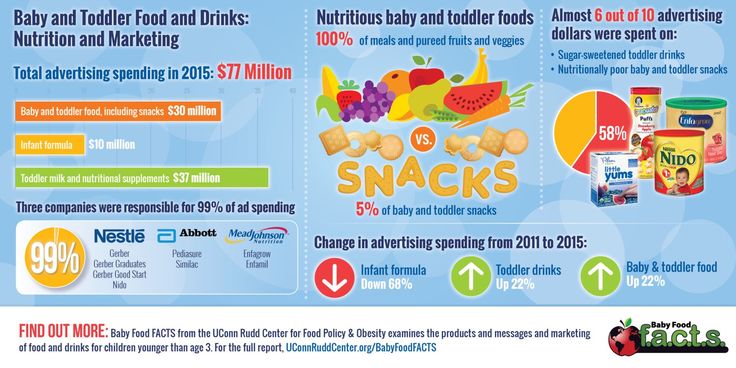 nine0003
nine0003
Literature
1 Zimmerman E, Thompson K. Clarifying nipple confusion. J. Perinatol. 2015;35(11):895-899. - Zimmerman I., Thompson K., "On the issue of breastfeeding." Zh Perinatol (Journal of Perinatology). 2015;35(11):895-899.
2 Geddes DT et al. Tongue movement and intra-oral vacuum of term infants during breastfeeding and feeding from an experimental teat that released milk under vacuum only. Early Hum Dev . 2012;88(6):443-449. - Geddes D.T. et al., "Language Movements and Oral Vacuum Generation in Term Infants During Breastfeeding and Feeding from an Experimental Vacuum-Delivery Teat". Airlie Hume Dev. 2012;88(6):443-449.
3 Segami Y et al. Perioral movements and sucking pattern during bottle feeding with a novel, experimental teat are similar to breastfeeding. J. Perinatol. nine0104 2013;33(4):319-323. - Segami I. et al., "Perioral movements and sucking during bottle feeding with a new experimental nipple are very similar to sucking from the breast." Zh Perinatol (Journal of Perinatology). 2013;33(4):319-323.
4 Sakalidis VS et al. Oxygen saturation and suck-swallow-breathe coordination of term infants during breastfeeding and feeding from a teat releasing milk only with vacuum. Int J Pediatr. 2012;2012:130769. - Sakalidis V.S. et al., "Oxygenation and Coordination of Sucking, Swallowing, and Breathing in the Term Infant During Breastfeeding and Feeding from a Purely Vacuum Teat". Int J Pediatrician 2012;2012:130769.
Read instructions before use. Consult a specialist about possible contraindications.
* RU № ФСЗ 2010/07353 dated 07/19/2010
Breastfeeding in public places | Breastfeeding Tips
Open breastfeeding in public takes some getting used to. Here are some tips to help you and your baby feel more confident
Share this information
The beauty of breastfeeding is that everything you need is always at your fingertips: you can feed your baby wherever you are, and the temperature of the milk will always be just right. But while there's nothing more natural than breastfeeding, the very idea of breastfeeding in front of everyone, especially the first time, can be a little unsettling. Whether you are worried about what others will think or not, our tips will help you prepare for this event. nine0003
But while there's nothing more natural than breastfeeding, the very idea of breastfeeding in front of everyone, especially the first time, can be a little unsettling. Whether you are worried about what others will think or not, our tips will help you prepare for this event. nine0003
1: Rehearse
If you feel uncomfortable about breastfeeding your baby for the first time in a public place, practice in front of a mirror at home to imagine how you will look from the outside. You will surely notice that the chest is not so open at the same time: it is blocked by the head of the child.
First, try breastfeeding in public in a friendly environment. In the company of other mothers or in a cafe with a friend, you will obviously be more comfortable than alone in the train or in a noisy shopping center. nine0003
2: Dress comfortably
When it comes to comfortable clothing for breastfeeding in general and in public places in particular, there are many options. If breastfeeding is going well and you intend to continue, it's worth picking up a few pieces of nursing clothing that will make feeding easier.
“I had a very comfortable nursing shirt. It was possible to discreetly feed the child in it even in winter, since nothing had to be removed. Just put the baby on the slit in the T-shirt and you're done. You can feed anywhere and anytime!” says Caroline, mother of two from France. nine0003
However, it is not necessary to buy special nursing clothes - you can just wear two regular T-shirts. “I solved the problem with a stretch blouse that I wore under a loose top. When it was necessary to feed the child, I pulled the jacket under my chest and lifted the top. He covered my chest, and the jacket - my stomach. So it was possible to feed discreetly anywhere, while not freezing and not showing anyone your tummy that sagged after childbirth,” recalls Suzanne, a mother of two children from the UK. nine0003
Other handy options are tops and dresses with buttons or front zips, with straps or side slits. You can also try wraparound styles, collar collars or shawl collars.
“Wrap-around cardigans have been a lifesaver when I have to feed in public,” says Natalie, a UK mom.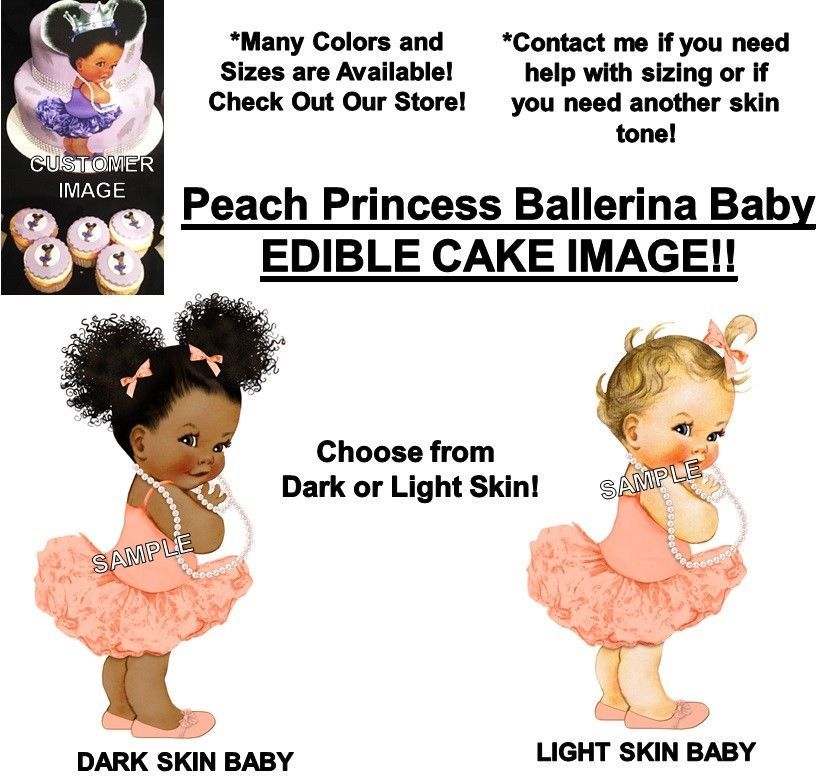 - I just untied one floor and covered my baby's head with it during feeding or when she cried. And you didn’t have to carry anything with you to disguise.” nine0003
- I just untied one floor and covered my baby's head with it during feeding or when she cried. And you didn’t have to carry anything with you to disguise.” nine0003
3: Know your surroundings
Before you go anywhere with your baby, make a list of good places to feed in advance so you don't have to rush around looking at the last minute. Shopping malls, department stores and children's clothing stores often have mother and baby rooms where you can feed your baby in peace and quiet, sitting on a comfortable chair, or use the changing table. Many cafes and hotel restaurants also try to create comfortable conditions for nursing mothers.
“If you're worried, look ahead for breastfeeding friendly places so you know where to go if you need to. Feeding in public can be difficult at first, but over time it gets better and better. And then you do it so quickly and imperceptibly that people around you don’t even realize that you are breastfeeding a baby, ”says Rachel, a mother from the Maldives.
Other potentially suitable locations are fitting rooms in department stores, furniture stores, community centers, libraries, museums, and parks. Ask around moms you know - they can probably share their experience about suitable feeding places nearby. nine0003
“In the UAE, children under the age of two are legally allowed to breastfeed. Breastfeeding is highly encouraged here, shopping malls have dedicated facilities for breastfeeding, and mothers who breastfeed in public places like restaurants are treated with respect,” says Fay, mother of two from the UAE.
4: Try a breastfeeding cape
Some moms prefer to cover themselves and their baby with a cape when breastfeeding in public. The choice here is huge - from simple shawls and ponchos to special capes and aprons with a rigid semicircular hole on top, which allows you to watch the baby during feeding. There is a solution for every taste. And you can also feed your baby in a sling or carrier - this is both convenient and shelters you from prying eyes. nine0003
nine0003
“I recommend buying a carrier,” says Caroline, mother of two in the US. “With a little practice, you can feed on the go, without looking up from other things.”
However, the last word often rests with the baby. Some babies do not tolerate any capes when feeding, and someone, on the contrary, is distracted if he is not covered. “Both of my babies didn’t like it when I tried to cover them with a shawl during feeding, so I just had to rely on their heads to cover their breasts enough,” recalls Esther, mother of two from the UK. nine0003
5: Know your rights
Breastfeeding in all public places is legal in many countries. Moreover, there are laws aimed at protecting breastfeeding mothers. If you are not sure if there are such laws in your country, search the Internet for information. The best place to start is with the websites of government and health agencies. Or try asking your doctor. You can also ask familiar mothers, friends and relatives about their own experiences.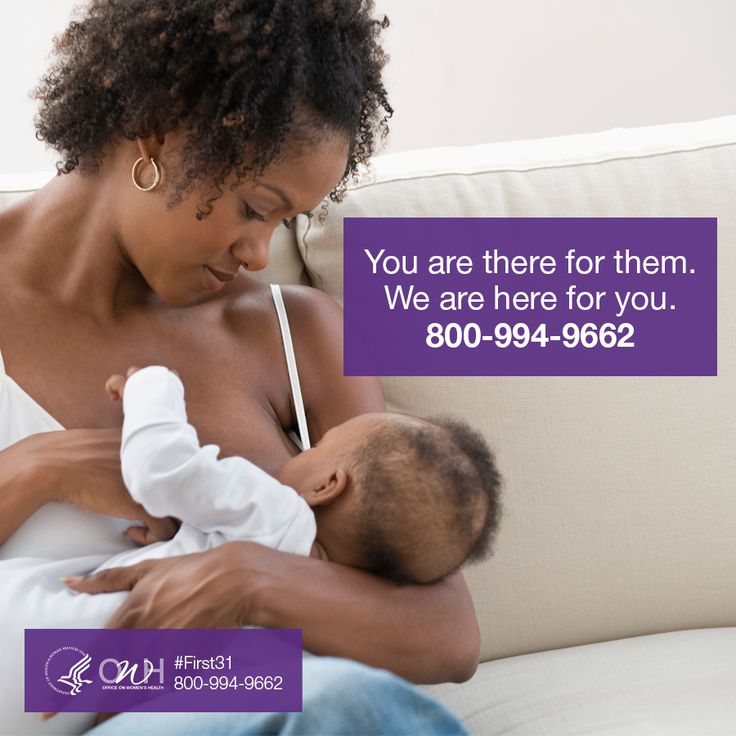 The answers may surprise you. nine0003
The answers may surprise you. nine0003
"Breastfeeding is widely accepted in Australia, and it's quite normal to sit bare-chested in a cafe while a nice waiter takes your order for a fat-free latte!" says Amy, mother of two from Australia.
If someone is upset that you are breastfeeding your baby in a public place, politely remind them of your rights. If you believe that asking you not to breastfeed in a store, cafe, or similar establishment violates your rights, you can file a formal complaint—if you are willing and supported by local law. nine0003
“One day I decided to breastfeed my baby in a diner after I had eaten myself, and I did it right at the table because they didn't have a feeding room. A confused junior manager was sent to me asking if I could move to the women's room for this. I replied that no - do they eat there? Then I was asked to move to a side booth. But I refused here and didn’t budge until we were done!” recalls Maya, a mother of two from Spain. nine0003
“My advice is don't worry! I was worried at first, but I regularly had to breastfeed my baby in public places, both in the city and in the countryside.


